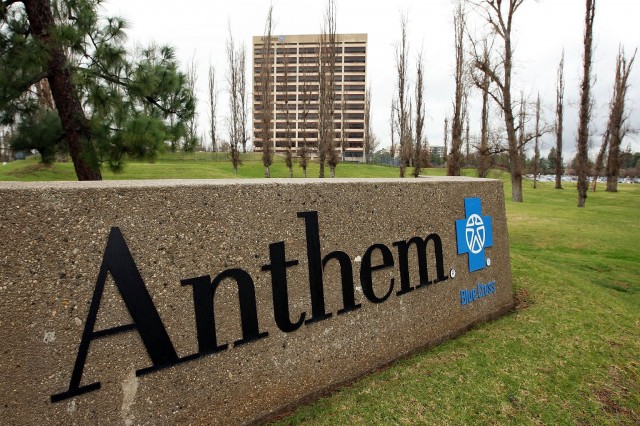But Larkin would not say whether Stanford would pick up the costs that had been covered by Anthem.
Darrel Ng, spokesman for Anthem, said that Anthem patients are potentially responsible for chargemaster rates -- essentially the list price, usually multiples higher than what insurers pay to providers. While Stanford may not charge those high prices, Ng said that if there were later a billing dispute, "patients would have to hire their own lawyers to advocate on their behalf."
CalPERS, the California Public Employees' Retirement System, was critical of Stanford's move. In a statement, Ann Boynton, a deputy executive director, said:
"We are deeply disappointed with Stanford Hospital's refusal to agree to reasonable terms that allow our members access to Stanford Hospital's services. Anthem Blue Cross and Stanford Hospital agreed to terms for a 2-year contract and we urge Stanford to sign this agreement. Improving the affordability of health care is critical to all Californians and every part of the delivery system must do its part. Stanford Hospital must become part of this effort."
Use of KQED PriceCheck Data
On Friday, Anthem made public a letter from its president, Mark Morgan, to the president of Stanford Health Care, Amir Dan Rubin. In the letter Morgan acknowledged that Stanford “does provide excellent care,” but he also noted that Stanford is “one of the most expensive hospitals in the state.”
Morgan went on to cite specific data about Stanford's costs using KQED PriceCheck, a health costs transparency tool launched in June.
From Morgan's letter:
According to KQED’s Price Check tool, a lower back MRI (72158 MRI-Lower back/lumbar spine w/ and w/o contrast) cost $5,647 at Stanford, which is nearly eight times what an imaging center in nearby San Jose charges at $724.
Contracts between insurers and providers are typically sealed. So while Anthem certainly has information about Stanford's costs in comparison to other providers, it cannot publicize them without violating its own contracts.
But there is no such bar around PriceCheck, which gives patients an easy way to upload their true costs, including what their insurers paid, to the database. "The market seems to react when these prices are brought to light," Ng said.
